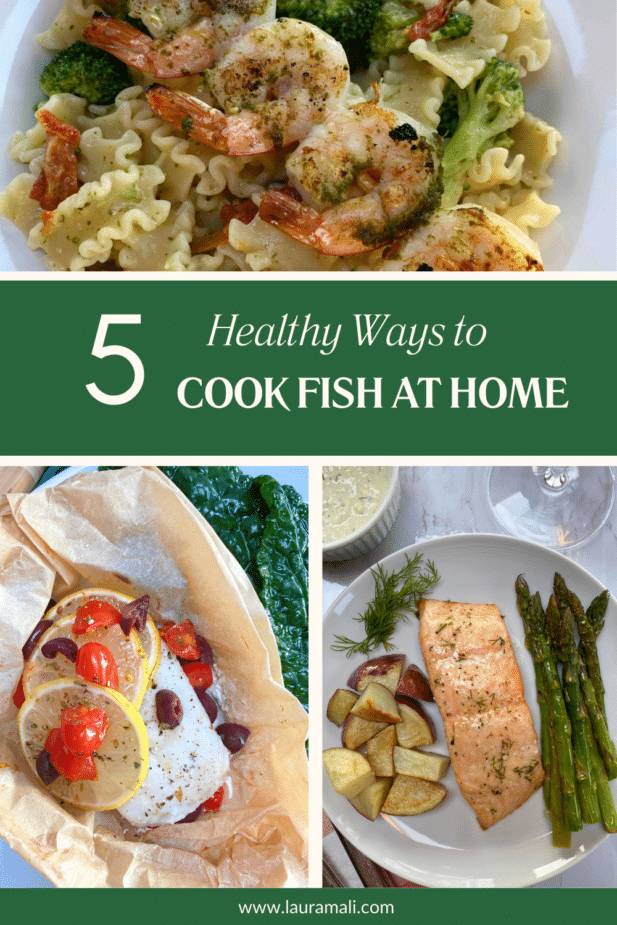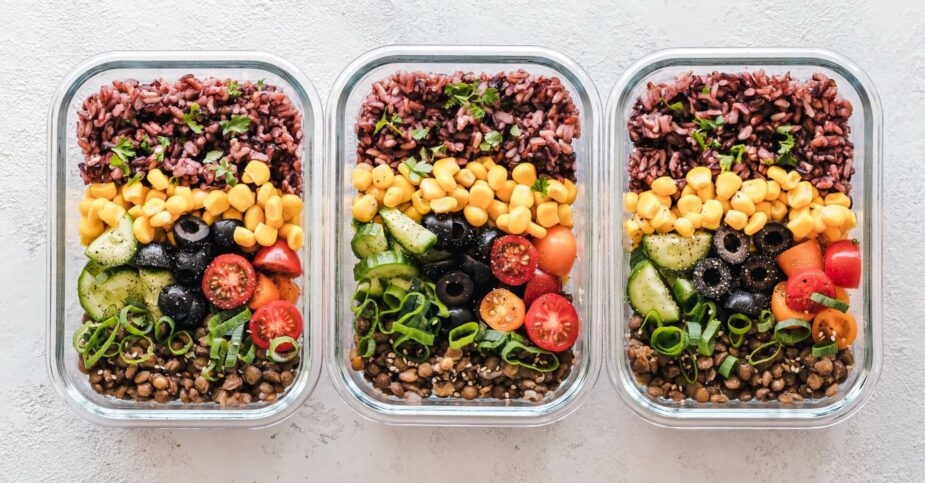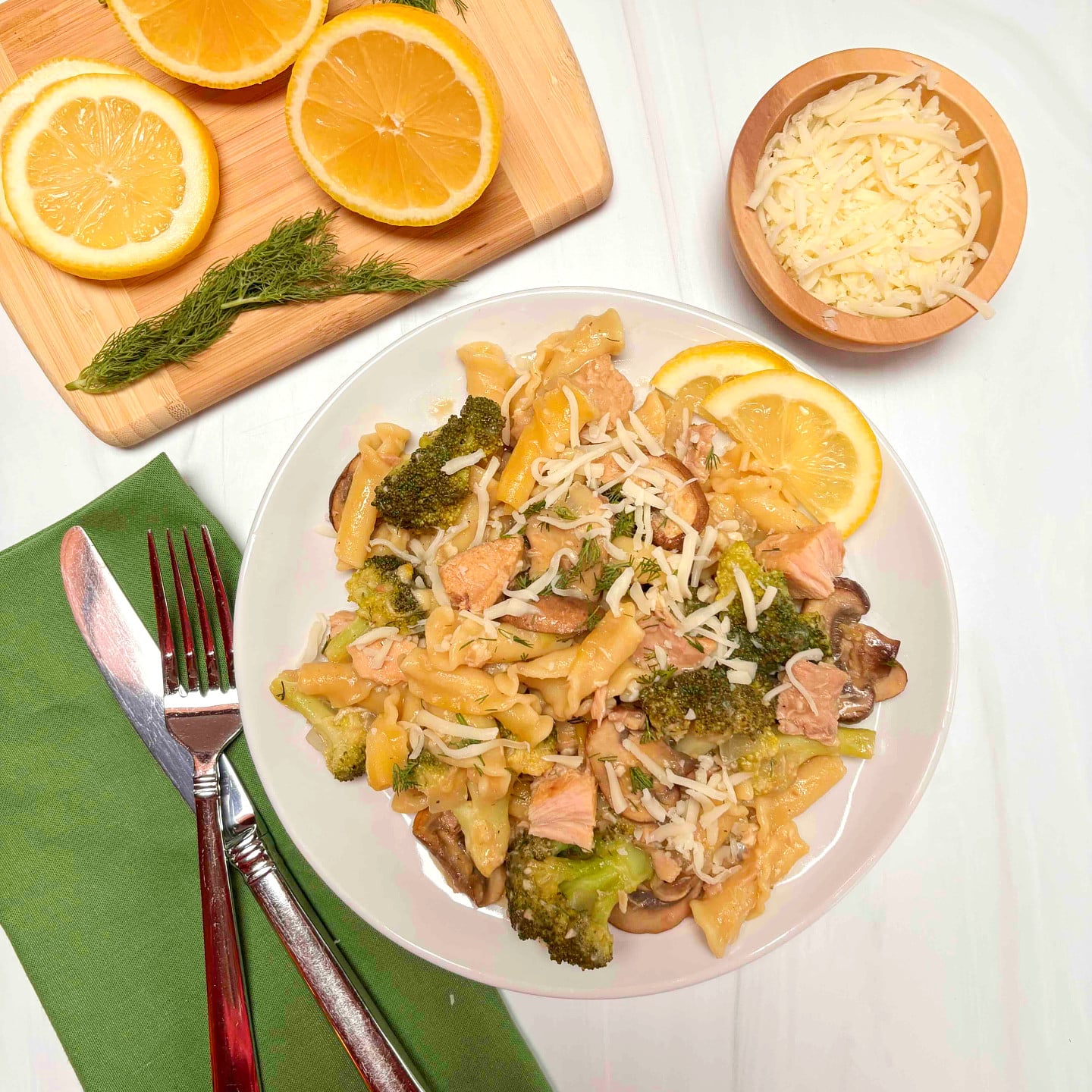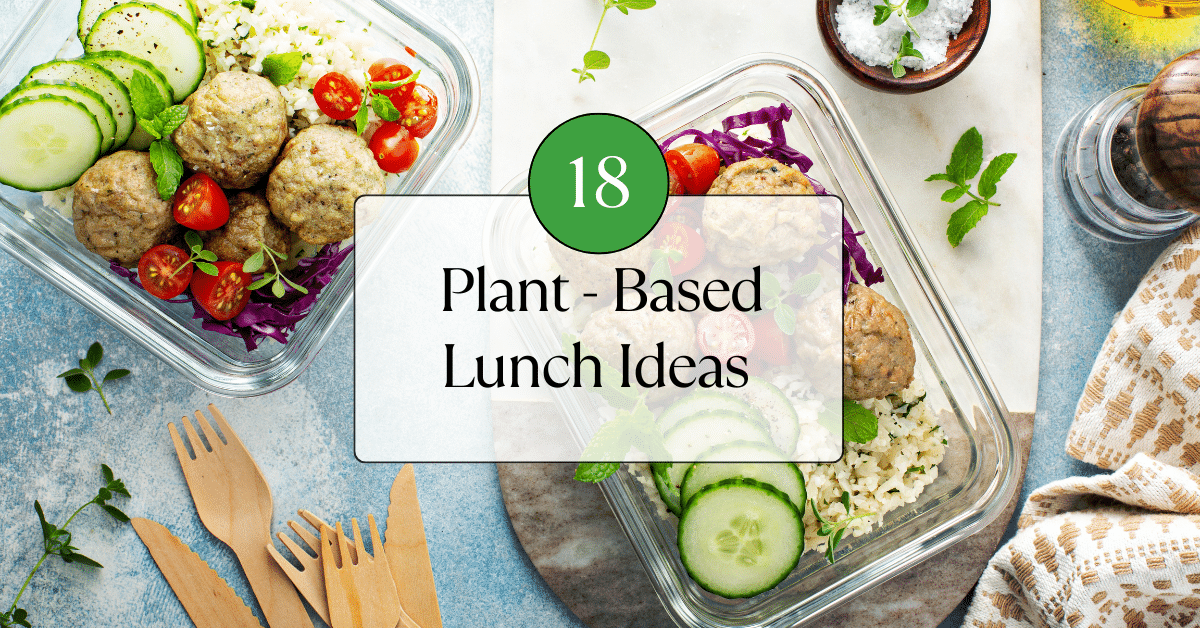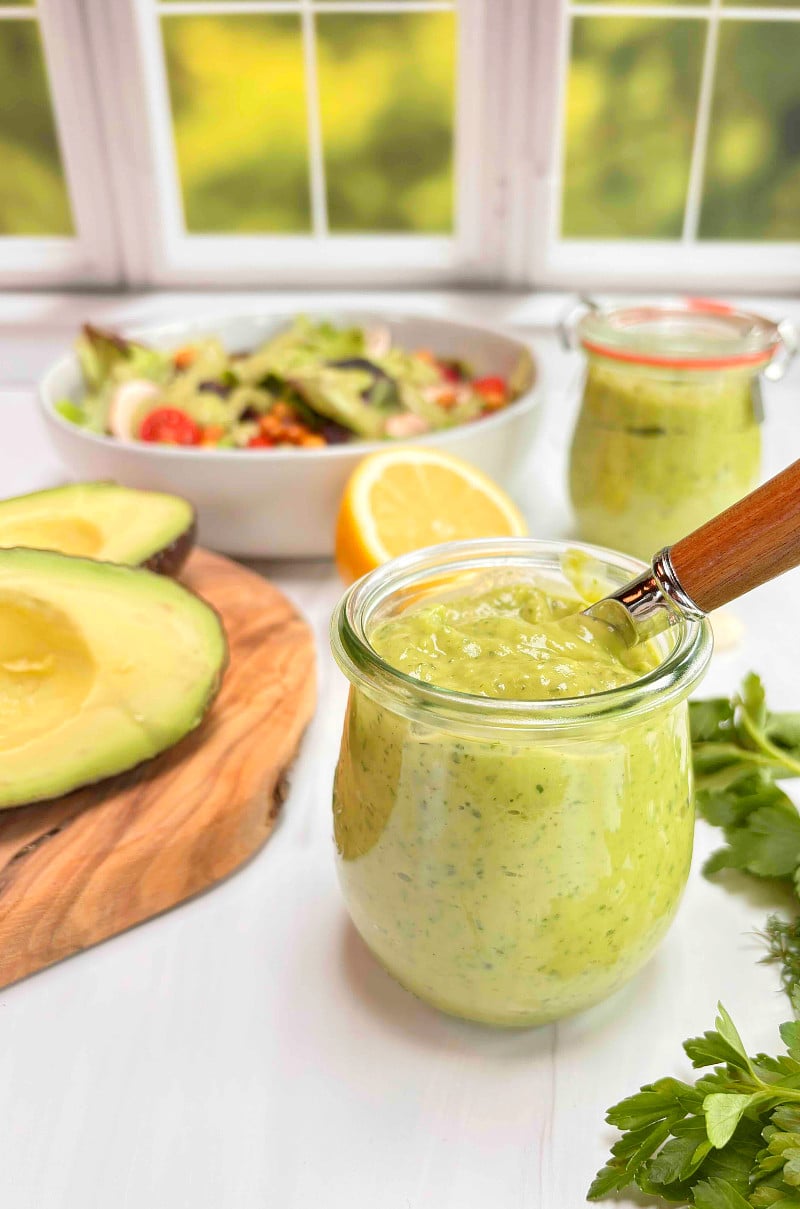We hear it a lot. We should all be eating more seafood for our health. However, for many of us, knowing how to cook fish at home is a bit foreign. There is a bit of mysticism around it, and quite honestly, it can be intimidating.
Fish is one of the most forgiving, versatile, and fast-cooking proteins you can make. Most fish can be cooked in under 15 minutes!
As a culinary nutritionist, and someone who has worked in the seafood industry for years, (and knows how important eating seafood is) I love talking about and teaching people how to enjoy more seafood and want to share my five favorite ways to prepare fish at home.
As you go through this, I’ve included a couple of videos so you can see exactly how easy some of these cooking methods are. Hopefully, this takes away some of the intimidation and shows you that it is easy to cook fish at home!
At the end of the article, I’ve also linked to some of my favorite tools that help with cooking fish. Some may be affiliate links, so just know if you order anything by clicking on one of those links I will earn a small commission, at no cost to you.
Table of Contents
General Tips for Cooking Fish at Home
Before we dive into how to cook fish at home, there are a few essential tips you should keep in mind.
- First and foremost, choose fresh, high-quality fish to ensure a delicious meal. How do you know if your fish is fresh? If you are buying fish at a fish counter, the fish should be on ice at all times, the flesh should look moist, not dried out and it should look freshly cut.
The fish counter area shouldn’t smell “fishy” but as someone described it to me, it should bring back memories of being at the seashore! Your fish also shouldn’t smell fishy but should have just a mild fish scent. And yes, you can ask to see a filet and smell it! Don’t be shy about that.
If you are buying frozen fish fillets (which is just fine by the way) make sure they are in tightly sealed packages and frozen solid. You can find a variety of vacuum-sealed products available today. Take those home and keep them frozen until you are ready to use them.
- Keep in mind that seasoning fish is key to good flavor. Experiment with herbs, spices, and marinades to enhance flavors. I have a guide below on flavors and seasonings that pair well with fish to get you started.
- Pay attention to cooking times, as overcooking can lead to dryness. Whether grilling, poaching, roasting, air frying, or using the En Papillote method, maintaining a watchful eye on doneness is crucial. Some methods you’ll see are more forgiving than others.
- Finally, embrace variety in your cooking techniques to discover new flavors and textures and find things you love.
Now let’s dive into my 5 favorite and healthy ways to create mouthwatering fish dishes right in your own kitchen.
5 Healthy Ways to Prepare Fish
Grilling
Grilling fish at home is not only a healthy choice but is also surprisingly simple. Whether you’re a seasoned grill master or just starting to wield the tongs, grilling is a great method to use to add some variety to your meals.
Tips for Grilling
Type of fish: One of the most important things to be successful with grilling fish is to choose the right type of fish. Meatier, firmer fish work the best on the grill.
Salmon, mahi mahi, tuna steaks, halibut, or shrimp are excellent for grilling because they will hold up to the high temperature. You can certainly grill lighter fish, but they require more attention as they cook very quickly and can easily dry out.
Your Grill: Having a clean grill, oiled grates, and preheat it to a medium-high temperature of 400°F to 450°F before you place the fish on the grill is necessary.
To oil the grates, before you turn it on, soak a paper towel with some avocado oil or canola oil and wipe the grates thoroughly with the oil. This will help prevent the fish from sticking.
Prepping the Fish: Preheat the grill and prep your fish. You can marinate the fish for about 30 minutes or rub it with oil and some seasonings for extra flavor. A teriyaki marinade is delicious with salmon, tuna, or shrimp, or just salt and pepper works just fine too.
Cooking the Fish: To grill the fish, place it in a fish basket, on a soaked cedar plank (my favorite way to grill salmon), skewered like a kabob, or on a piece of aluminum foil. If the fish still has the skin on, leave it on as that will help keep the fish moist while it cooks.
If using a cedar plank or wooden skewers, soak them in warm water for at least 30 minutes before placing them on the grill so they smoke while cooking and don’t burn. You’ll end up with a smokey-flavored piece of fish.
Watch the fish closely as the cooking time can be very short. Shrimp will cook in about 5 minutes, depending on the size. Salmon, mahi mahi, and halibut could take 15 to 20 minutes. You want the fish to get to an internal temperature of 135°F – 140°F before removing it from the grill.
Poaching
Poaching is a technique that not only preserves the delicate texture of fish but also infuses it with nuanced flavors from carefully chosen poaching liquids and aromatic ingredients. It is one of the fastest and most forgiving ways to prepare fish.
Tips for Poaching
Poaching simply means cooking submerged in simmering liquid. The key is “simmering.” The liquid should just have little bubbles on the side of the pan and be hot, but not boiling. Check it with a thermometer and keep the liquid around 140°F.
The liquid to choose: The liquid can be anything from water, broth, or wine to fish or juice. The best liquids to use are liquids with flavor. So a hearty chicken or fish broth combined with some white wine is a classic combination, but tomato juice or a little lemon juice added to broth works well too.
Milk is another option and many Asian-style dishes poach fish in coconut milk.
Add Seasonings: Regardless of the liquid, adding onions, garlic, lemon, or lime slices along with some fresh herbs helps to enhance the flavor of the fish.
What type of fish to choose: You can poach any type of fish but light, white fish are best poached in broth or wine. Cod, salmon, shrimp, and scallops are delicious in tomato juice with diced tomatoes and juice or work well poached in milk or coconut milk.
How long does it take to poach fish?: The amount of time the fish needs to cook in the liquid depends on how thick the fish is. A thin fillet, like trout or flounder, will cook in 4 – 5 minutes. Cod or salmon will take 10 to 15 minutes.
The best thing about poaching however is how forgiving it is. If you leave the fish in a little too long it won’t dry out – the liquid keeps it nice and moist.
Here’s a short video showing how to poach a flounder fillet using broth and lemon juice.
Roasting or Baking
For light, white fish like trout, flounder, or tilapia preheat the oven to 350°F and set the fish in a rimmed baking dish. Add a little lemon or lime juice and salt and pepper.
Richer, firm fish like cod, salmon, or halibut, will hold up to a higher heat. Preheating the oven to 425°F and roasting them with other vegetables works well.
Tips for Roasting Fish:
Seasoning Before Cooking: Coating your seafood in a light marinade or dry rub seasoning about a half hour before cooking will ensure your fish is flavorful and won’t dry out. Choose a mild marinade, like olive oil, lemon thyme, or dill and just let it sit for 15 – 30 minutes before cooking.
Preheat the oven to the right temperature:
For light, white fish like trout, flounder, or tilapia preheat the oven to 350°F and set the fish in a rimmed baking dish. Add a little lemon or lime juice and salt and pepper.
Richer, firm fish like cod, salmon, or halibut, will hold up to a higher heat. Preheating the oven to 425°F and roasting them with other vegetables works well.
How Long to Cook the Fish:
Roasting or baking fish is a quick method for cooking fish and can estimate how long it takes by how thick it is. As a general rule, you can estimate it will take about 5 minutes for each ½ inch thickness.
Always check your fillet with a food thermometer to make sure it reaches 135°F and then let it sit for 5 minutes to reach a safe temperature of 140°F. Any higher and your fish will be dry and overcooked.
Don’t forget to season it:
While a simple salt and pepper seasoning is just fine, try experimenting with other herbs and spices that complement the flavor of fish for variety. I’ve listed a few of my favorite flavor combinations below, but sometimes a simple squeeze of fresh lemon juice over the top of a fish fillet is all that is needed.
Air Frying
There is nothing better sometimes than biting into a crispy, golden fish fillet. While these can be a special treat, there is now a healthier way to get that crispy texture of deep-frying that uses only a fraction of the oil. Enter the world of air frying.
Air frying simply circulates hot air around the food creating a perfectly crisp exterior while maintaining the moistness and flavor of the fish within. You get that delightful crunch without the excess oil.
Tips for Air Frying Fish:
Air frying can dry out fish quickly if you don’t know a few little tricks.
Coat with a batter and breading:
To keep the fish from drying out it’s a good idea to add a light batter and breading to the fish before putting it in the air fryer. The batter seals in the moisture and the breading gives you a nice crisp “crust” to bite into.
For the batter, just mix an egg with some flour and some buttermilk. Coat the fish and then cover it with seasoned bread crumbs.
Preheat the air fryer
Just like preheating the oven before baking, preheating your air fryer is crucial to evenly-cooked fish. Set it to 400°F and preheat it for about 10 minutes before adding your fish to the fryer.
Preventing overcooking
Like other cooking methods, air frying fish is pretty fast. Most fish will be done in 10 – 12 minutes, but always check the temperature to be sure. Checking part-way through is key to not overcooking it. You can do this when you flip it at the halfway point.
Keep in mind, that thicker, heartier fish like cod or haddock will work the best for this technique.
En Papillote (In paper)
This French term translates to “in parchment,” and this method involves sealing fish and flavorful ingredients in a parchment paper pouch, creating a mini steam oven that captures and intensifies the natural flavor of each ingredient.
En Papillote is a wonderful, sensory experience. As the parchment puffs with steam, the delicate aromas infuse the fish, resulting in a dish that’s visually impressive and delicious. Wait to open the packet at the table so you and your guests experience the full delightful aroma right before diving in.
Tips for En Papillote:
Wrap the packet tightly to seal: While this may look complicated, sealing the packet is simple, but one of the most important steps. You need to seal the package well to keep the moisture in and steam the fish. There are a couple of different ways to seal your packet. Watch my video below or follow these directions for the method I like to use.
- Cut a 12 x 12-inch square piece of parchment paper
- Place the fish filet in the middle and add the other ingredients on top
- Pick up the sides of the parchment and bring them together, making a tent over the top of the fish. Fold about ½ inch of both sides of the parchment over, and continue folding down until it is close to the top of the fish.
- On one end, fold the ends, about ½ inch, end over end until it is close to the fish. Turn the packet around and fold the other end the same way
Choose aromatic ingredients for flavor:
Keep it simple by adding lemon slices and fresh dill, or add sliced bell peppers and lime slices, or diced tomatoes with olives, capers, and fresh oregano. The options are endless but look for ingredients that will add both flavor and fresh aroma to the dish.
Baking times
Just like other methods, the time will depend a bit on the type of fish and its thickness. A thin fillet like flounder or trout will take about 10 minutes, while a thicker fish like cod, haddock, or salmon may take 15 minutes or a little longer.
Make sure your oven is preheated to 400°F and place the packets on a rimmed baking sheet. To test the doneness, gently pierce a food thermometer through the parchment into the fish filet. That will prevent too much steam from being released.
The fish should be at 135°F when you take it out of the oven and it should be flaky when opened.
Best place to “unwrap” your packet
Yes, you could unwrap each packet before serving. Then place the fish and ingredients on everyone’s plates, and then serve it, but you and your guests will be missing out!
First, isn’t unwrapping a package half the fun? You aren’t sure what gift is inside and love the surprise! Think about your guests and what a fun experience this will be – even if it is just your significant other and kids!
Second, the flavor experience of unwrapping these at the table is the best part. As you unwrap the packet, all the aromas of the seafood and the herbs and spices you use will come wafting out of the packet. Remember, you eat with your eyes and nose too!
Flavors that Pair Well with Fish
The two most common flavors you’ll see paired with fish are lemon and dill but there are lots of seasonings and spices that complement fish. Here are some of my favorite combinations.
Basil, Oregano, and Parsley – this Italian blend is delicious paired with shrimp and tomatoes. My Mediterranean-style shrimp dish uses these seasonings. I added tomatoes and artichokes for a delicious poached-style shrimp dish.
Lime, Cilantro, and Jalapeno – Fish tacos here we come! This combination is a classic accompaniment for a light white fish like tilapia, flounder, or cod when making fish tacos.
Teriyaki Sauce – Amazing on grilled salmon or tuna, as I did with my Salmon Teriyaki Rice Bowl. Shrimp is also delicious tossed with it in a stir fry.
Zatar Seasoning Blend – This Middle Eastern Blend of spices includes thyme, sumac, and marjoram among others. It is described as the salt of the Middle East, meaning it brings out the flavor of the food. I think it adds a savory and citrusy flavor that is amazing on grilled halibut or salmon.
Capers and Olives– Now this may sound different but take my word for it, the vinegary bite of the olives and capers blends perfectly with a hearty or fatty fish like salmon or cod. My Cod Veracruz is a perfect example of how well they work together!
Frequently Asked Questions (FAQs) About Cooking Fish At Home
Now that you know more about the best ways to cook fish at home you may have other questions about buying and cooking it. Here are some common questions I get asked about buying, cooking, and storing fish at home.
135°F is the recommended safe internal temperature for fish. The best way to test this is with an instant-read thermometer placed in the thickest part of the fish filet, closest to the center of the fish.
Your fish should be moist on the outside and firm to the touch. The flesh should spring back when pushed lightly. It should also have a mild fish scent, not overly fishy.
You should cook your fresh fish within 1 to 2 days after bringing it home from the store.
To freeze fish, wrap it tightly in an air-tight wrapping, or vacuum seal it if possible. It will keep in the freezer this way for 3 to 6 months. Thaw it in the refrigerator overnight when you are ready to use it. You should not thaw and refreeze fish though – the quality will deteriorate significantly.
Fish is best enjoyed right after cooking but if you have leftovers, place them in an airtight container and use them within 24 – 48 hours. I prefer adding cold leftover fish to a salad the next day for lunch, but you can gently reheat it in the oven if you want. Just know that it may dry out a bit.
Both wild-caught and farm-raised fish are good choices and we need both to provide enough fish for everyone. Because some wild fish stocks are at risk for overfishing farm-raised may be a more sustainable choice.
Farm-raised fish may also be higher in omega-3 fatty acids than wild fish. This is due to the feed they are provided. Look for either the ASC certification for farm-raised fish or the MSC certification for wild-caught fish. This way you’ll be confident the fish you are buying is grown or caught using sustainable methods.
Favorite Tools for Cooking Fish at Home
I hope by now I’ve convinced you that preparing fish at home is simple and you’re going to give it a try!
There are a few kitchen tools that I find helpful, and most of these you may already have on hand. If not, most can be found at your local grocery store or online for a reasonable price.
Fish Spatula – What is so special about a fish spatula? It is thin so it gets under the fish without breaking its delicate texture. I use this spatula for more than fish! It’s one of my favorite kitchen tools so I highly recommend finding a good one. This one from OXO is a great choice!
Cedar Planks – I usually just pick these up in the grocery store near the fish counter. They are perfect if you love to grill fish in the summer and salmon or halibut are delicious on them!
Citrus Juicer – Either a handheld juicer or one that sits on the counter works just fine!
Grill Pan – I prefer grilling outside when possible, but in the dead of winter, or if you don’t have access to an outdoor grill but still want that grilled experience, a grill pan is a great option. I like this one from All-Clad because it is incredibly sturdy and has a non-stick surface. It is also deep enough that I can cover it with a lid if I need to.
Parchment Paper – You can pick this up in your grocery store as well. Wiltons or Reynolds are good choices. Just make sure it is oven-safe to at least 425°F.
Instant Read Thermometer – I know I talk about this all the time, but a thermometer is essential for every kitchen. I have at least 3 that I use all the time! But there is no need to spend a lot. You can get one for under $10 in many places but this one is easy to use and store.
Air Fryer – The air fryer you need will depend a bit on the number of people you are cooking for. For just the 2 of us, this one is the perfect size and works well for just about anything.
Final Thoughts
Knowing how to cook fish at home is the first step to including this healthful protein into your diet more often. Using any of these five healthy fish preparation methods is a great way to start adding some variety to your meals. Don’t be afraid to experiment but to get you started give one of my easy and healthy seafood recipes a try. Here are a few of my favorites:
Grilled Shrimp Pesto Pasta Salad
Scallops in a Lemon Rosemary Sauce
Let me know in the comments below how you plan to add more seafood to your meals this year!

